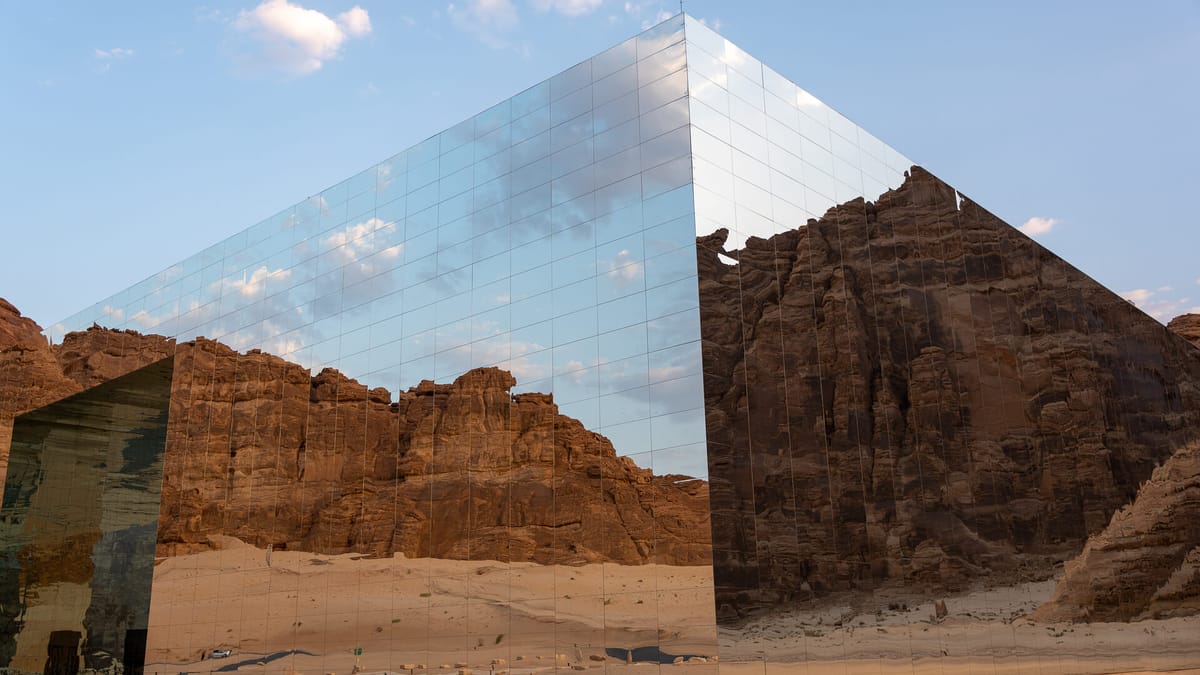Aligned with Saudi Vision 2030, the Journey Through Time Masterplan is an ambitious initiative designed to foster harmonious coexistence between nature and humanity, preserve the cultural legacy of AlUla for the world, and stimulate sustainable economic growth.
The Journey Through Time Masterplan will comprise five distinct districts, each embodying a unique architectural philosophy and character drawn from AlUla’s ancient civilizations. These districts are designed to showcase different aspects of AlUla’s cultural and natural heritage, offering a blend of residential areas and visitor experiences tailored to reflect the region’s unique identity.
The masterplan aims to protect, preserve, and sustainably rejuvenate AlUla, serving as the foundation for the world’s largest and oldest cultural landscape, a testament to the combined works of humanity and nature over millennia.
- Home
-
Strategic Initiatives
- Strategic Initiatives
- Villa Hegra
- Journey Through Time Masterplan
- Path to Prosperity
- Sharaan Nature Reserve
-
Khaybar Heritage Village
- Arabian Leopard Programme
- AlUla Animal Welfare
- AlUla Agriculture
- I Care
-
Archaeology, Collections & Conservation Department
- Crossroads 2021
- Crossroads 2022
- Design Space AlUla
-
Living in AlUla
-
Business in AlUla
-
Visiting AlUla
-
Partners
-
About RCU
-
Media & Resources
-
Contact








-(1).jpg)



































.jpg)